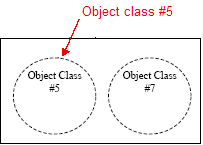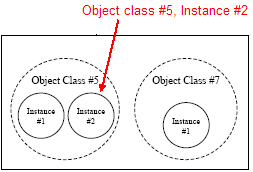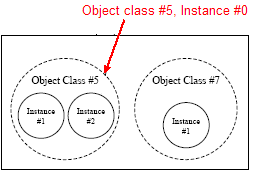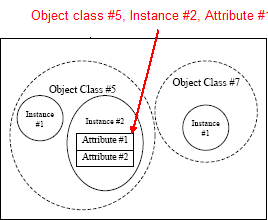Tab: EtherNet/IP Adapter – User-Defined Parameters
The tab displays all additional parameters that are transmitted once only into the bus system during the phase of the starting procedure allotted to this. The parameters are transmitted to the remote adapter via acyclic services.
Important
The user parameters are also transmitted again when a connection is reestablished, for example after the failure of a remote adapter.
New | Opens the Select Parameters dialog for adding a new parameter. The new parameter is inserted before the selected line. |
Edit | Opens the Select Parameters dialog for changing an existing parameter. |
Move Up, Move Down | Changes the order of the user parameters. The order of the parameters in the list corresponds to the order at the initialization. |
Value | The value of the respective parameter can be changed directly by double-clicking the value. If applicable, a list box opens containing possible values. |
Abort on Error |
|
Jump to Line on Error |
Note: A return can lead to an infinite loop if it is never possible to write a specific parameter. |
Dialog: Select Parameters
The dialog contains a list of the parameters which are defined in the EDS file. You can define your own generic parameters in addition to the specified parameters.
The values of the selected parameter are displayed in the bottom part of the dialog. They can be changed there.
Show parameter groups |
|
Generic parameter |
|
Name | Name of the generic parameter |
Class | Each object class which can be addressed by the network is identified by an integer value.  A class can also be addressed from the class by specifying a special object instance (see Instance). |
Instance | Integer value for the unique identification of an object instance within a class. Example of an object instance:  If the value 0 is assigned to the instance, then the class itself is referenced by this special instance. Example – object instance 0:  |
Attribute | Integer value which can belong to a specific class or instance. Example of an attribute:  |
Tip
The values for Class, Instance, and Attribute are defined in the "CIP Networks Library" (Vol. 1 and 2) or in the manual of the device manufacturer.
Caution
When individual values are entered, a plausibility check is not performed. Any errors are identified only when the bus is started and they are reported with a message in the PLC logger.
